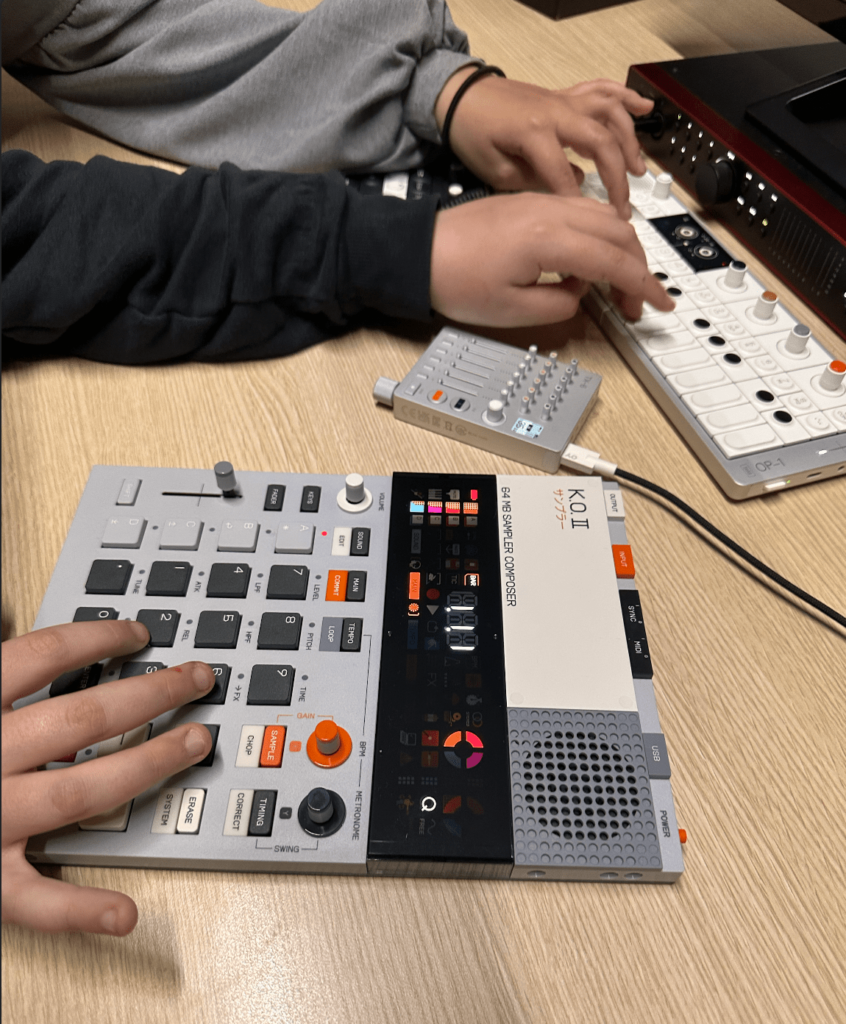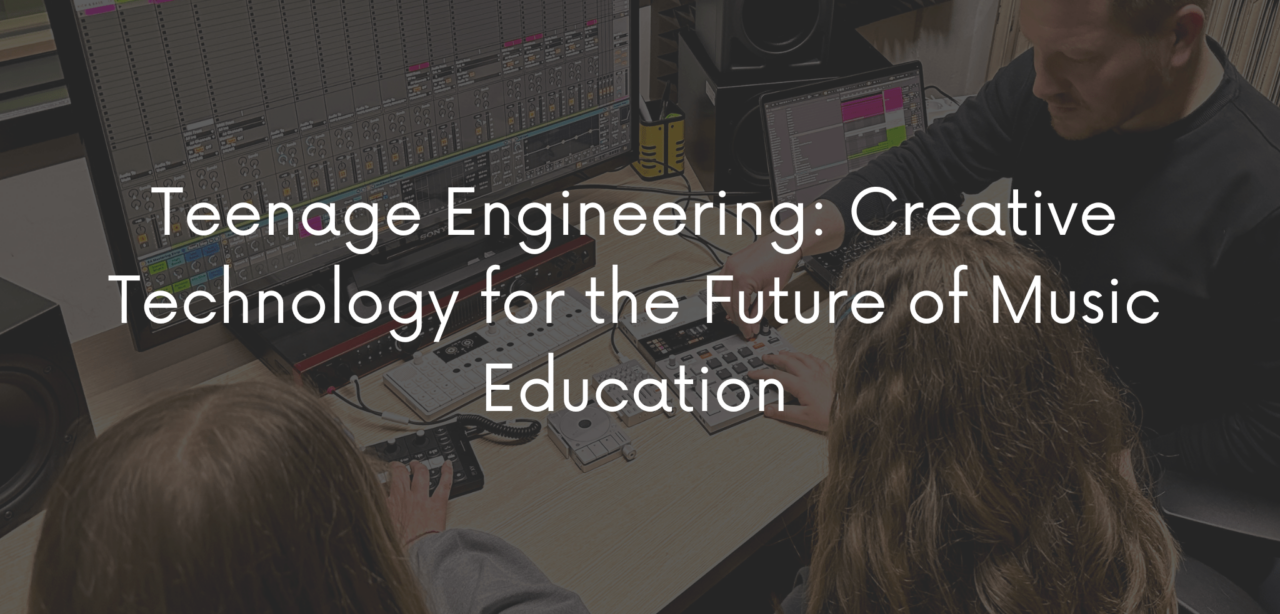Teenage Engineering: Creative Technology for the Future of Music Education
Innovative Tools for Engaging Music Learning Experiences
As a music producer and educator, I’ve always searched for tools that combine sound quality, intuitive design, and accessibility. This is why I’ve integrated Teenage Engineering products into my workshops and courses for students aged 10 to 35. The result? A surprising impact—both creatively and educationally.

Why Teenage Engineering Stands Out in Music Education
Teenage Engineering, the renowned Swedish brand, is famous for its minimalist design and innovative portable instruments. Their gear is designed to be accessible for beginners yet powerful enough for professional use—making it ideal for classrooms, studios, and creative labs.
In educational environments, these tools promote:
- Hands-on music learning
- Intuitive interaction with technology
- Creative expression through sound design
These are all key elements in my teaching philosophy.
Pocket Operators: Small Devices, Big Educational Impact
The Pocket Operators series is one of the most effective tools I use in class. These pocket-sized, battery-powered instruments feature animated LCD screens and minimal controls. Yet, they allow students to create:
- Beats
- Melodies
- Sound effects
- Complete tracks
in just a few minutes.
One of the most effective tools in the classroom is undoubtedly the Pocket Operators line. These small, pocket-sized devices, with animated LCD screens and essential controls, allow users to create beats, melodies, sound effects, and entire tracks within minutes. Despite their playful appearance, they offer real musical capabilities: sequencers, built-in effects, device syncing, and surprisingly high sound quality.
Students love them: they may look like “toys,” but they turn out to be powerful tools for introducing concepts such as looping, sound synthesis, rhythmic sequencing, and even the basics of electronic music production.
OP–1 Field: A Compact Music Production Powerhouse
For older or more advanced students, the OP–1 Field is a game-changer. This iconic all-in-one music workstation includes:
- Multiple synthesizers
- Drum machine
- Tape recorder
- Audio effects
- Visual interface
Used in class, this tool fosters interdisciplinarity: it’s not just about electronic music, but also sound design, audiovisual projects, creative coding, and sonic storytelling.
In class, it becomes a powerful tool for exploring music technology in a hands-on, project-based way.
EP–133 K.O. II: The Ultimate Sampler for Creative Beatmaking
Among the most recent tools I’ve introduced in my educational labs, the EP–133 K.O. II has proven to be a true revelation. A natural evolution of the popular PO–33 K.O.!, this new device maintains the playful and intuitive spirit of its predecessor while enhancing it with deeper functionality and expressive power.
Designed specifically for beatmaking and creative sampling, the EP–133 K.O. II is a compact sampler and drum machine with an essential yet refined interface—perfect for those who want to start making music right away without facing a steep learning curve.
What stands out immediately is how easy the instrument is to play. Within minutes, even the youngest students can record a sound, edit it, assign it to a pad, build a beat, and then manipulate it live. This drastically lowers the barriers to entering the world of music production and makes sampling an intuitive and deeply creative experience.
In my teaching context, the EP–133 K.O. II has proven extremely versatile: we use it for sound design projects, group performances, and as a foundation for practical exercises related to track structure, arrangement, or sound manipulation.
It’s a tool that speaks the language of young people while offering enough artistic depth to engage those with experience in music production. Its balance between playfulness, power, and accessibility makes it ideal for educational settings—especially in environments focused on experimentation, active participation, and the value of personal expression.
Experiential Learning Through Technology
One of the most notable outcomes of introducing Teenage Engineering products into my curriculum is the rise in student engagement.
By allowing students to touch, try, fail, and create in real-time, each session becomes both playful and deeply educational.
The user-friendly, non-intimidating design of these devices invites everyone to participate—including those who have never played an instrument before.
This inclusive, hands-on approach is ideal for:
- School music programs
- Interdisciplinary labs
- Social inclusion projects
Teenage Engineering products are more than instruments—they are tools for imagination, creative education, and technological empowerment. In my work as a music educator, I see them as valuable allies. They speak the language of younger generations without sacrificing musical depth. I hope more schools, cultural spaces, and creative labs will embrace these innovative tools to shape a new generation of curious, conscious, and expressive music creators.

No Comments